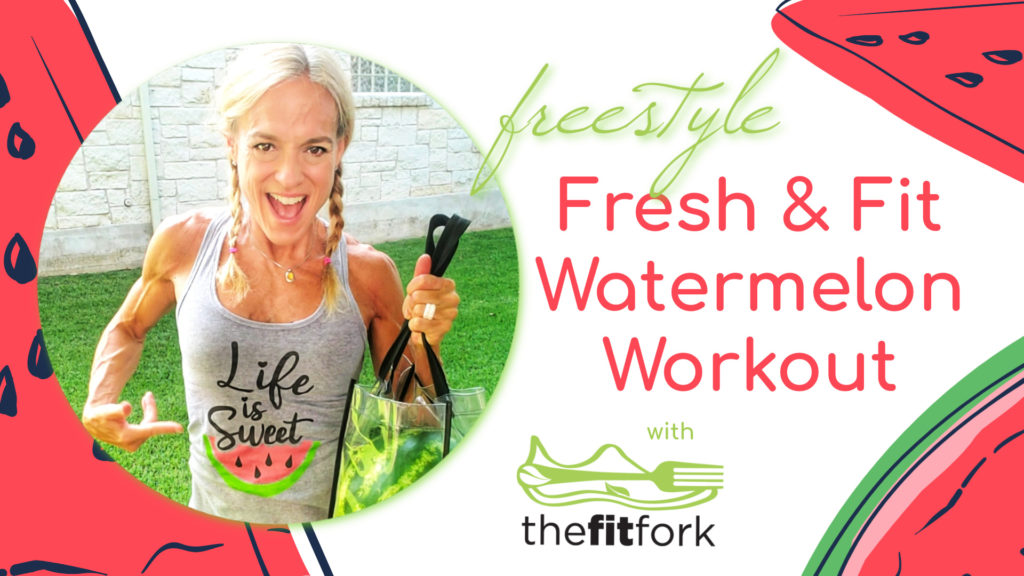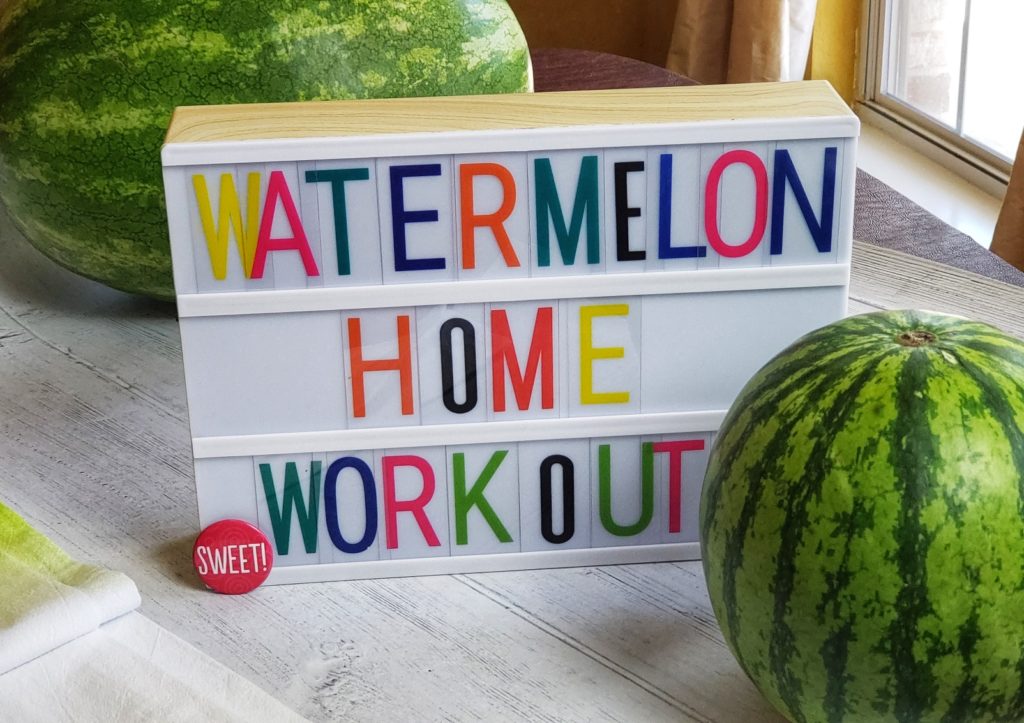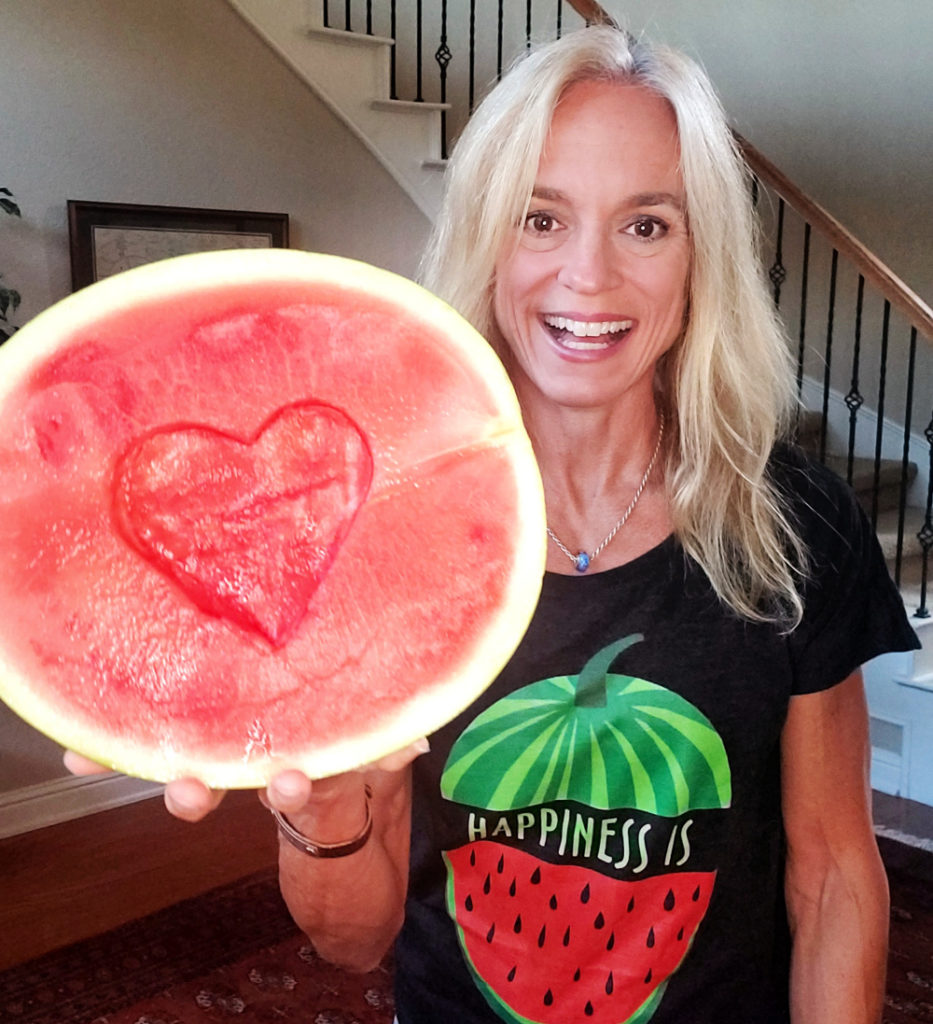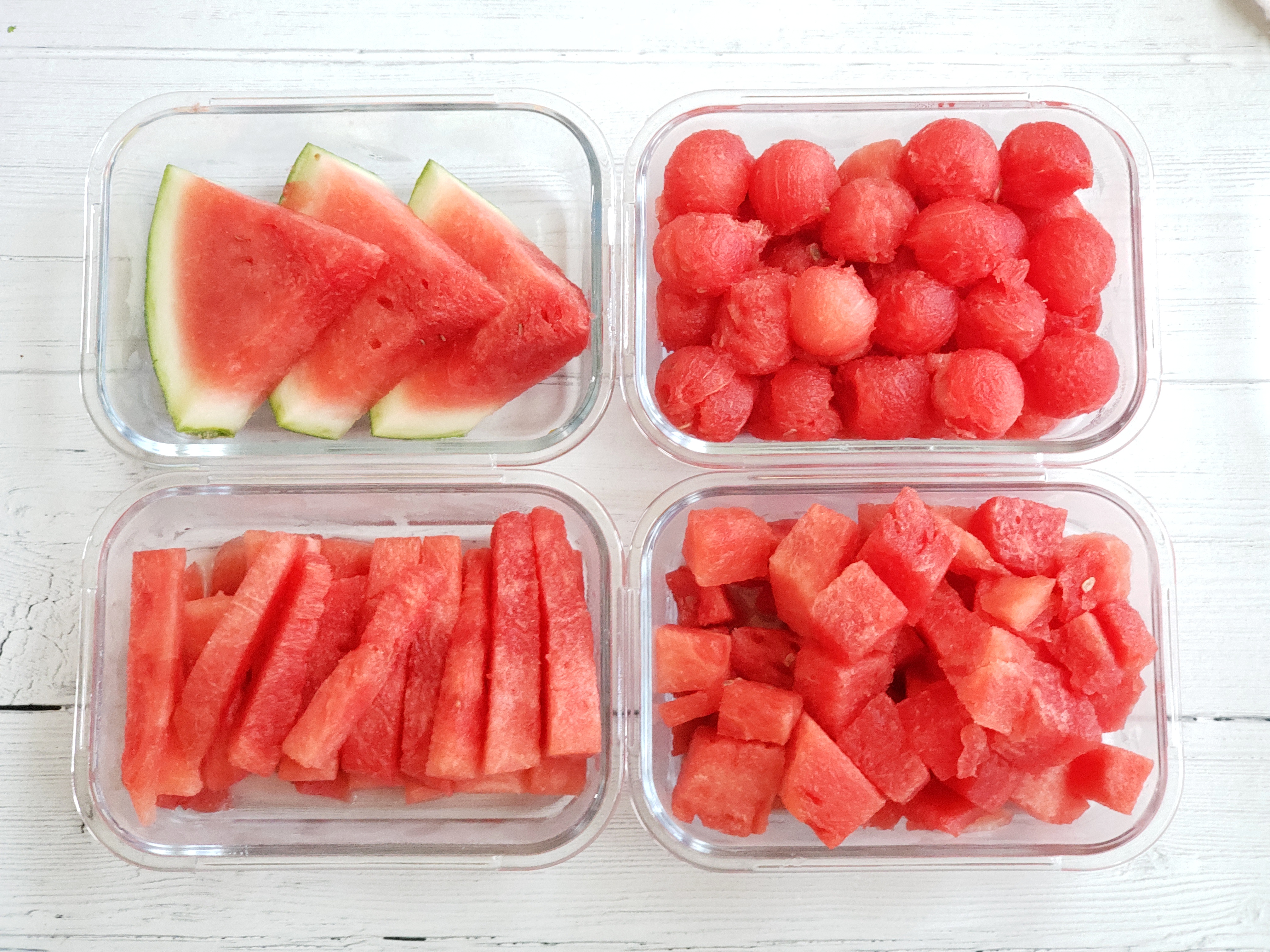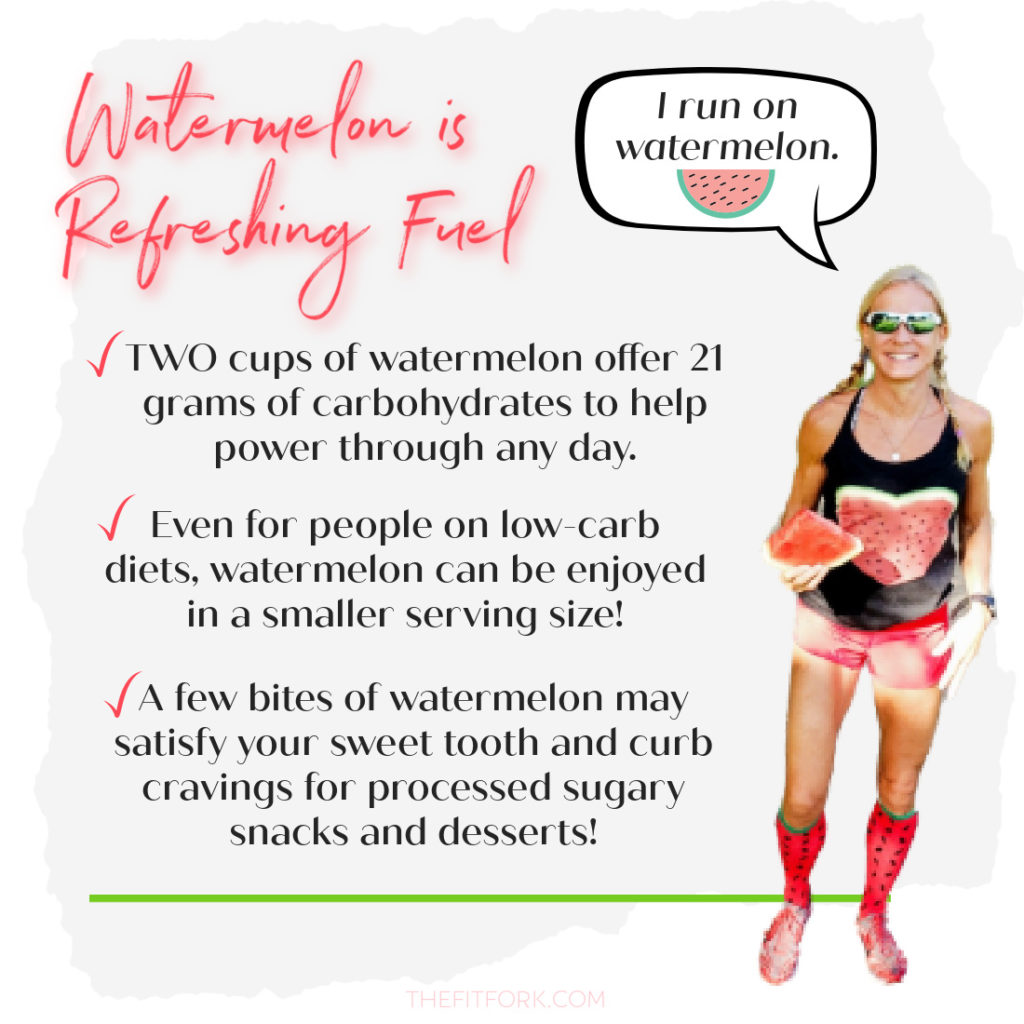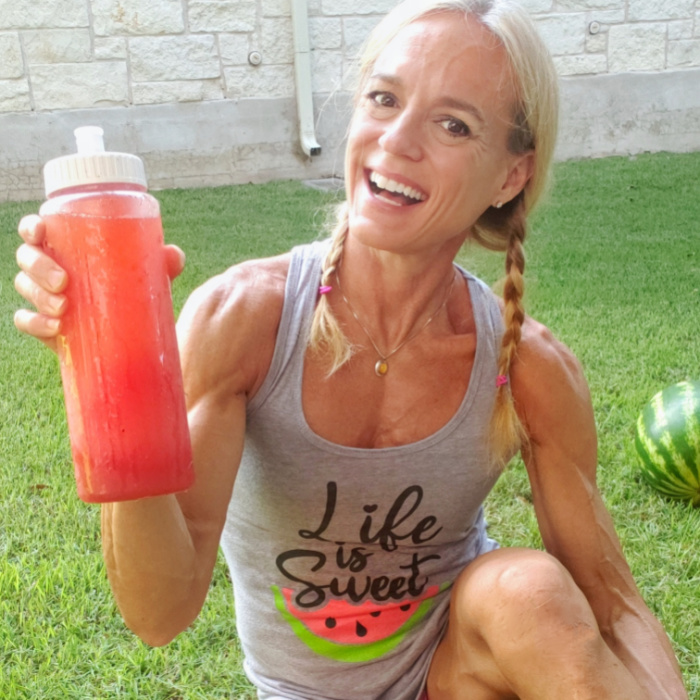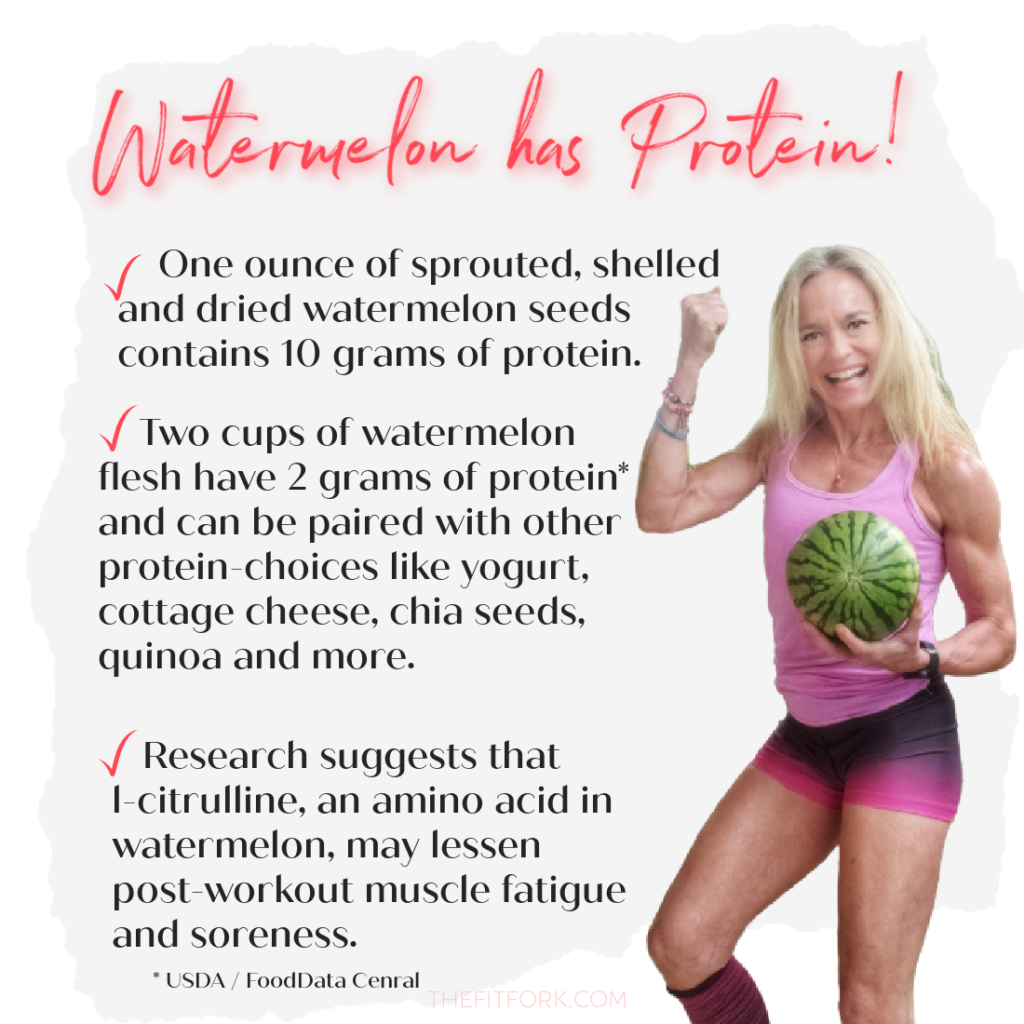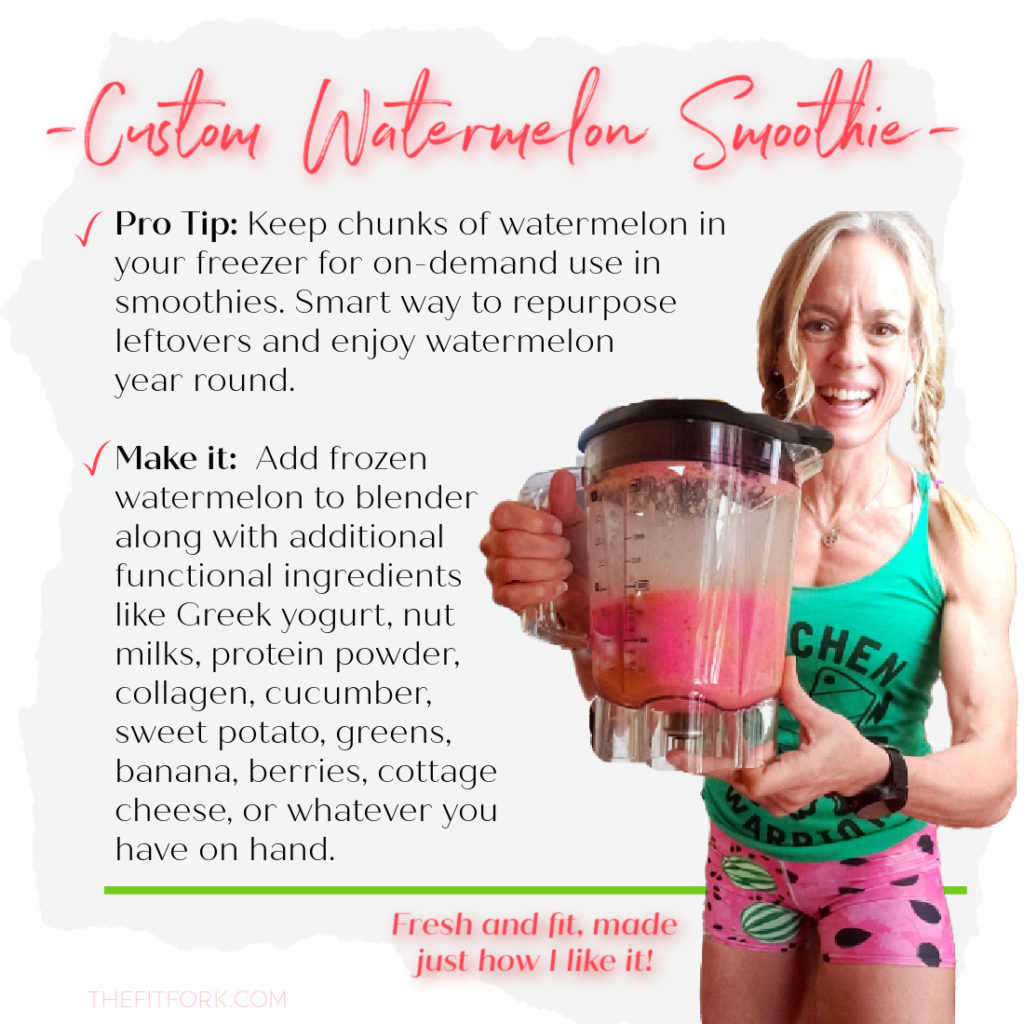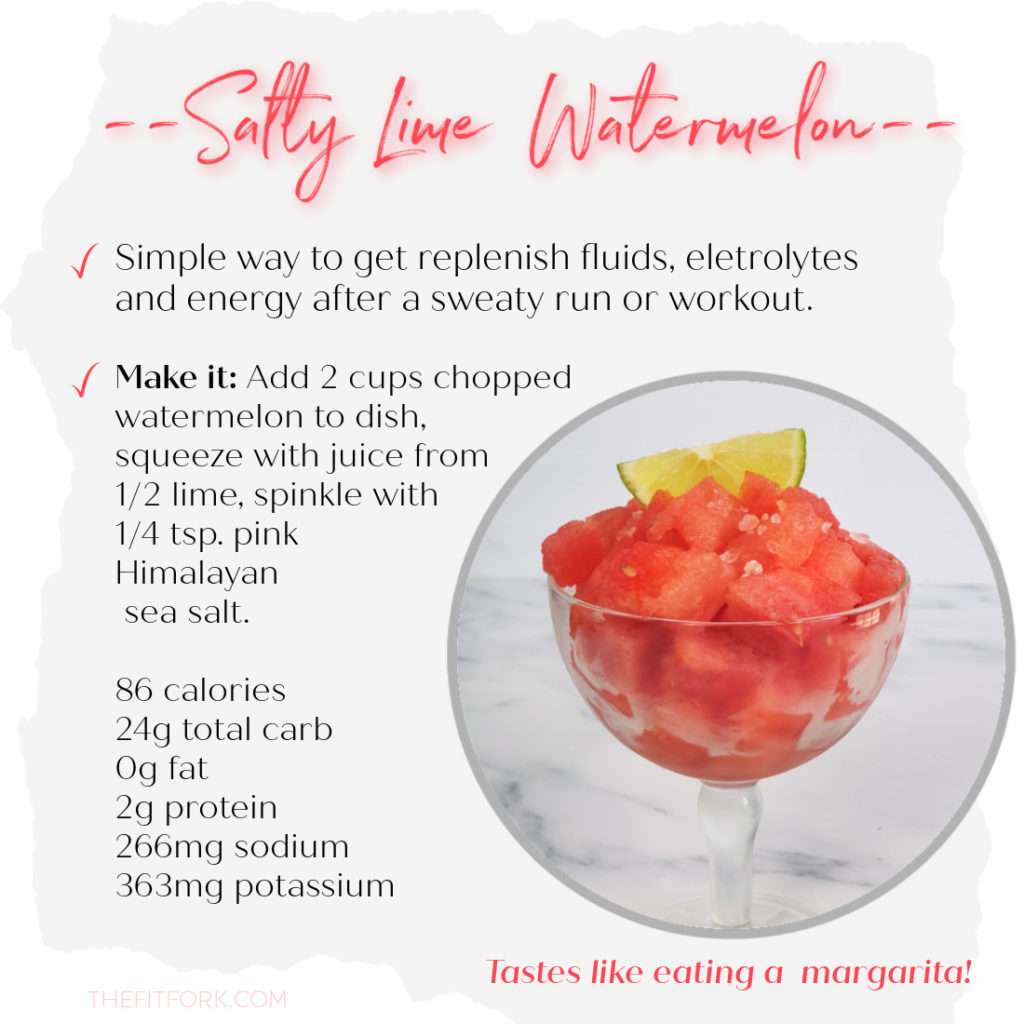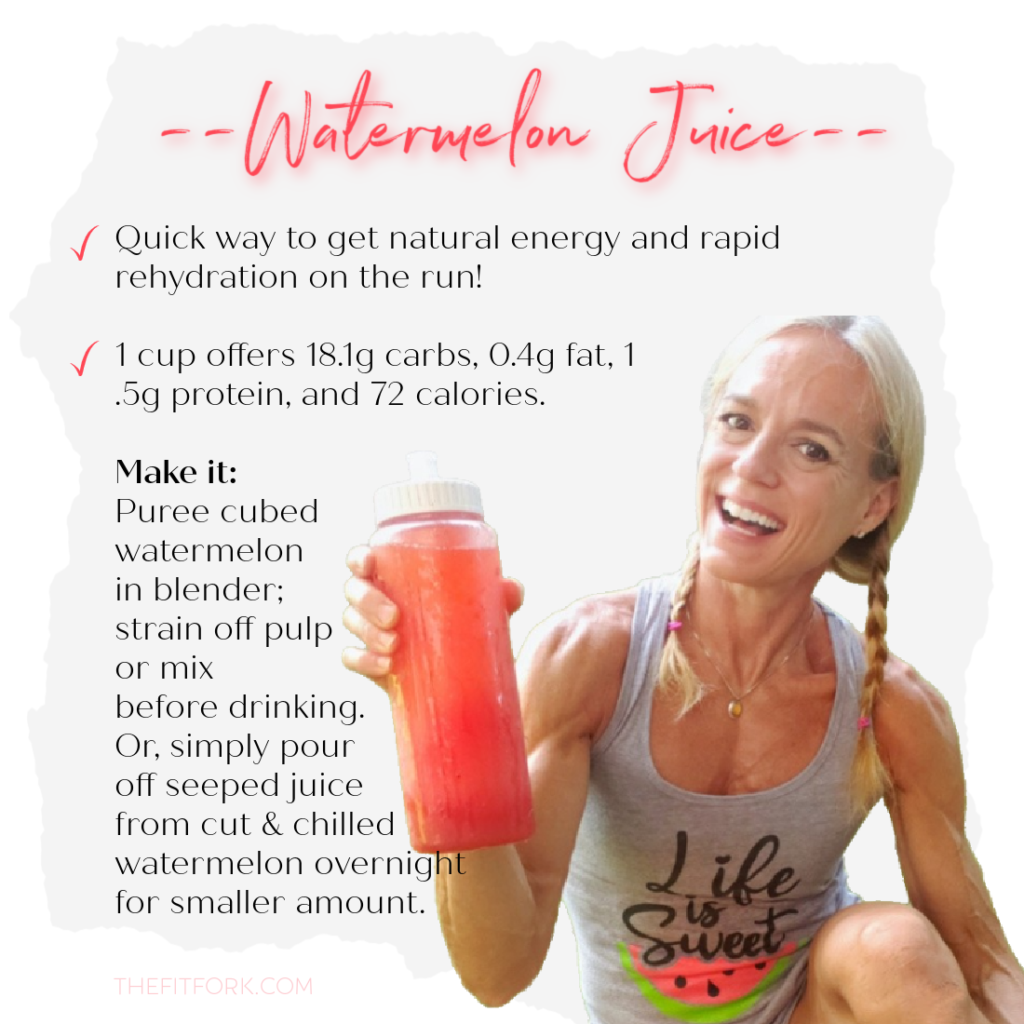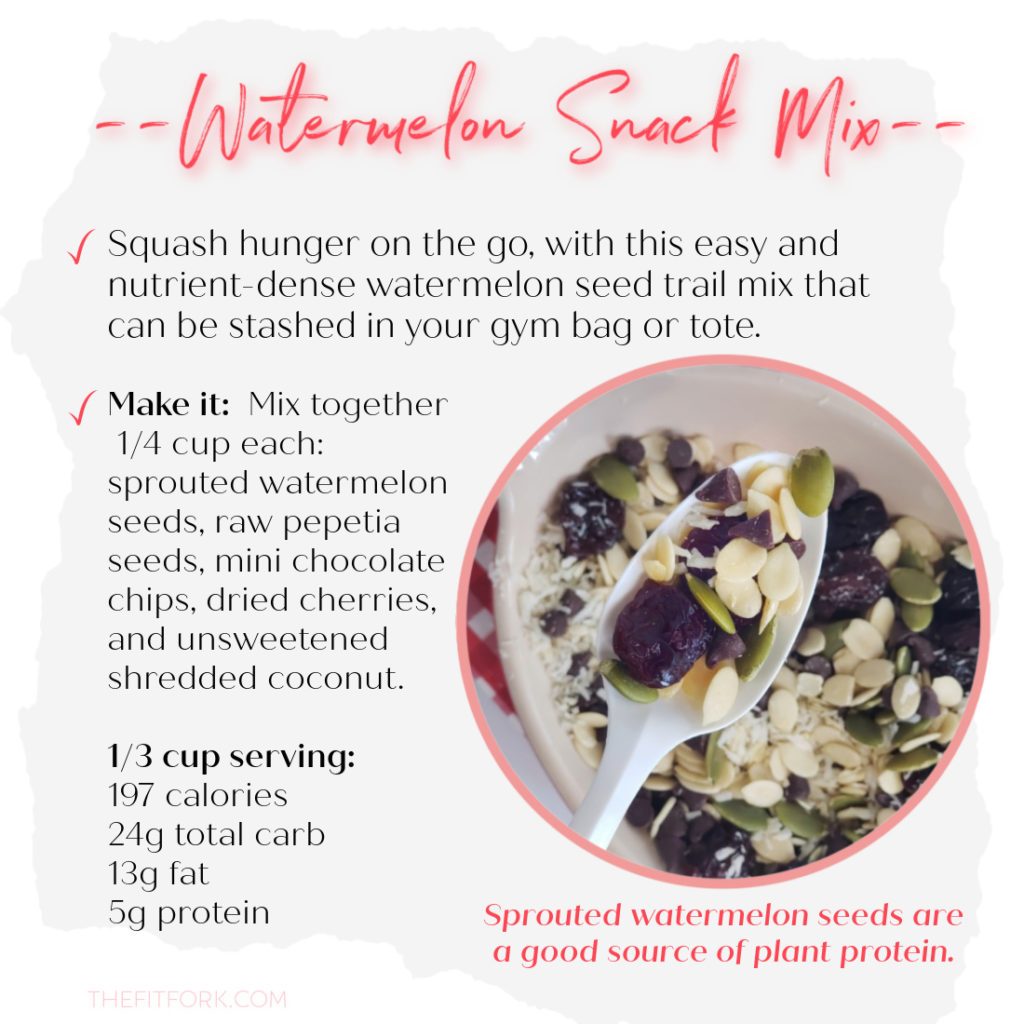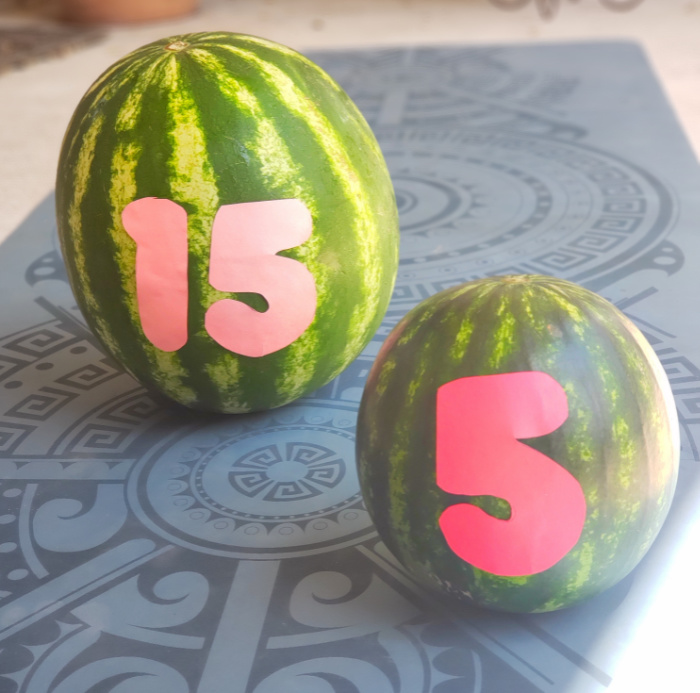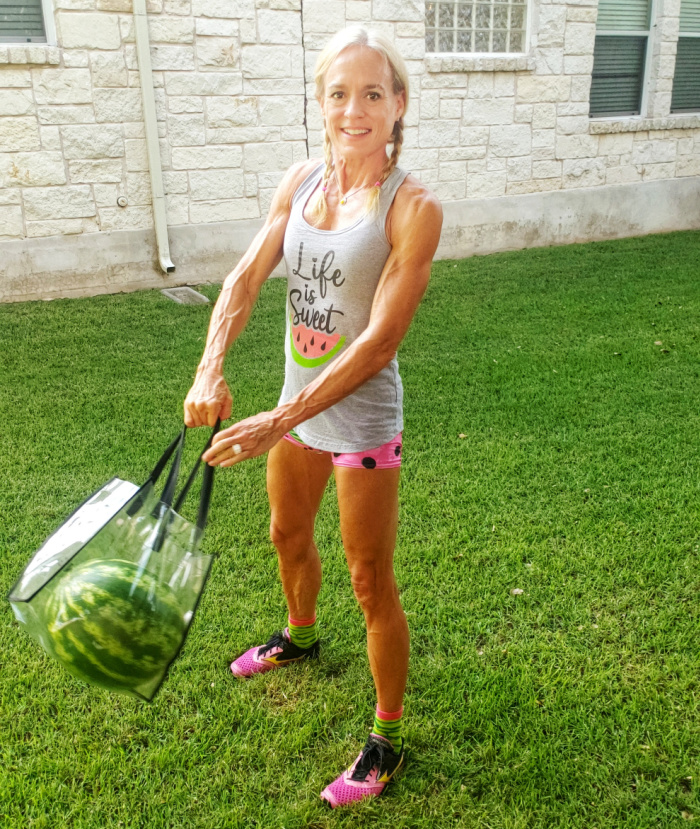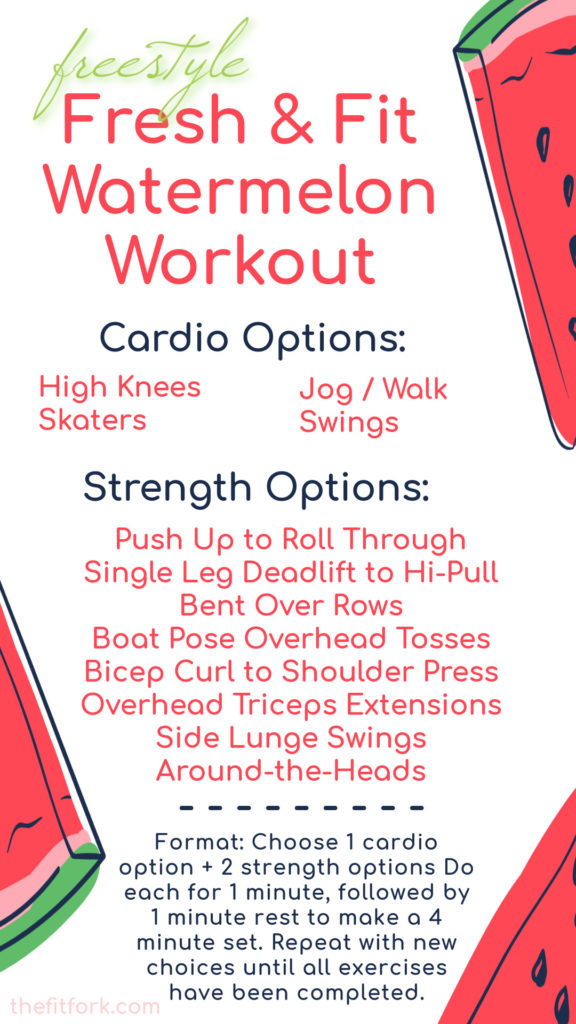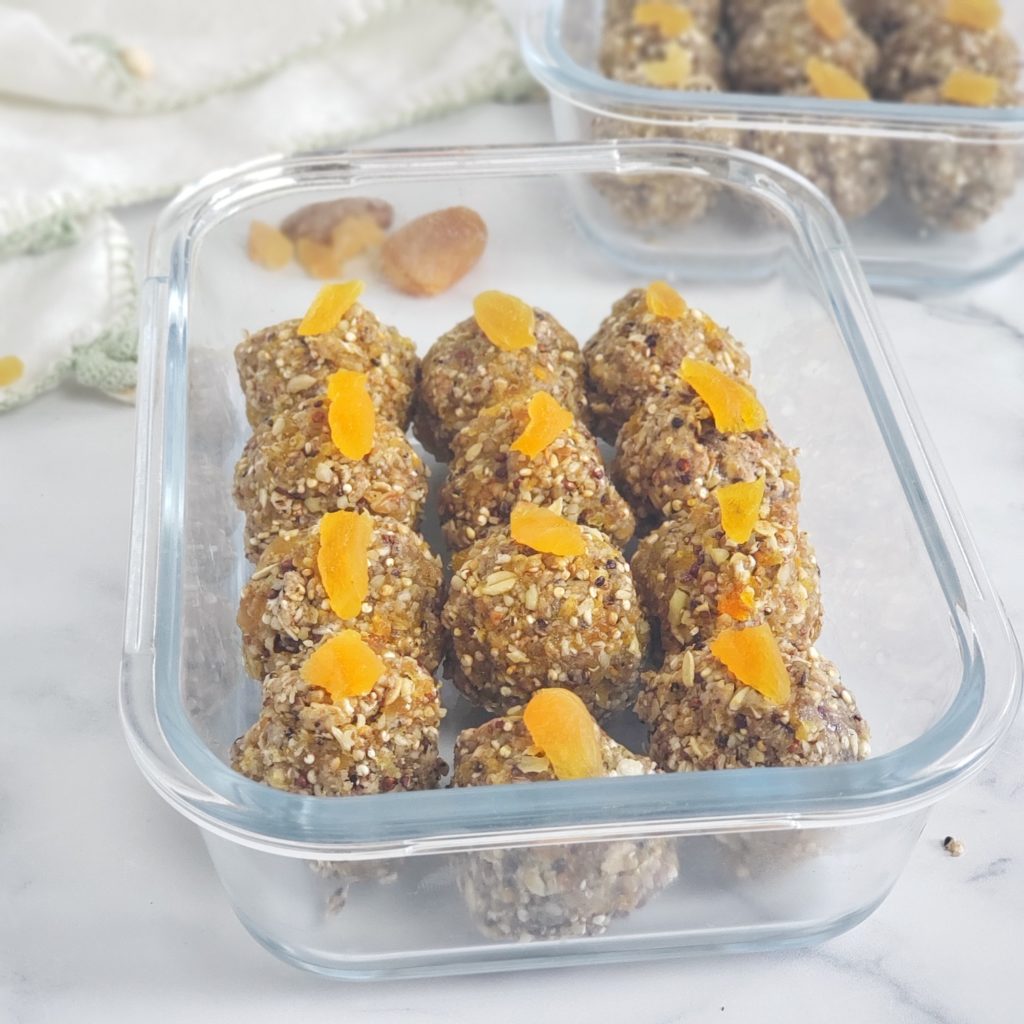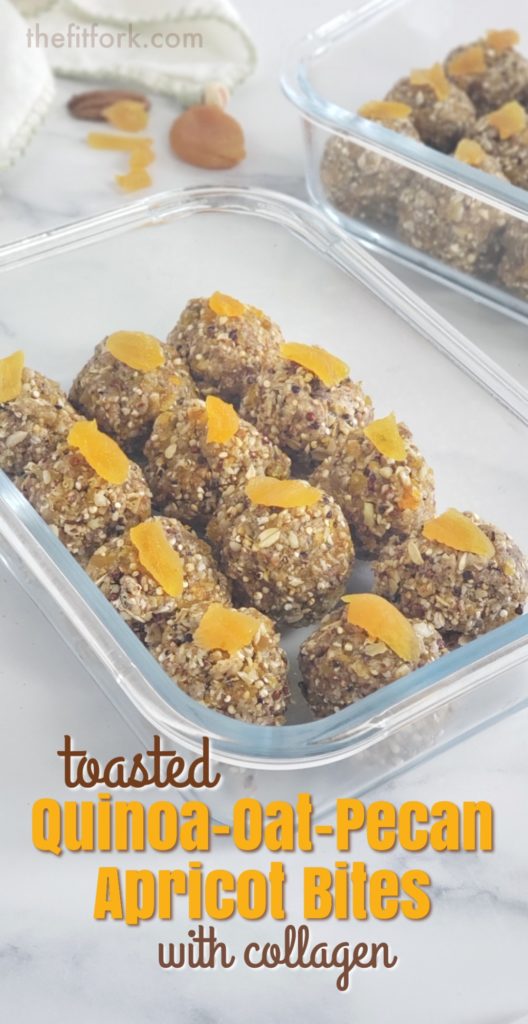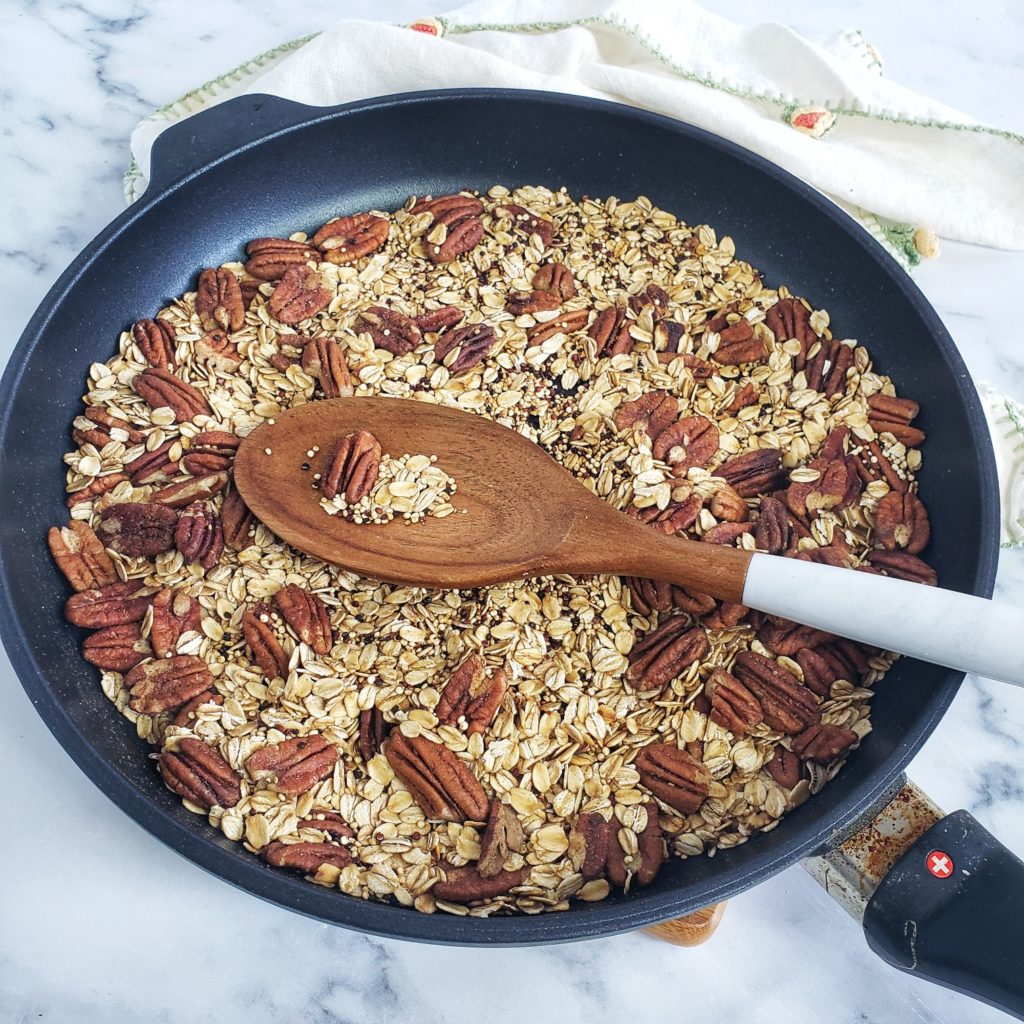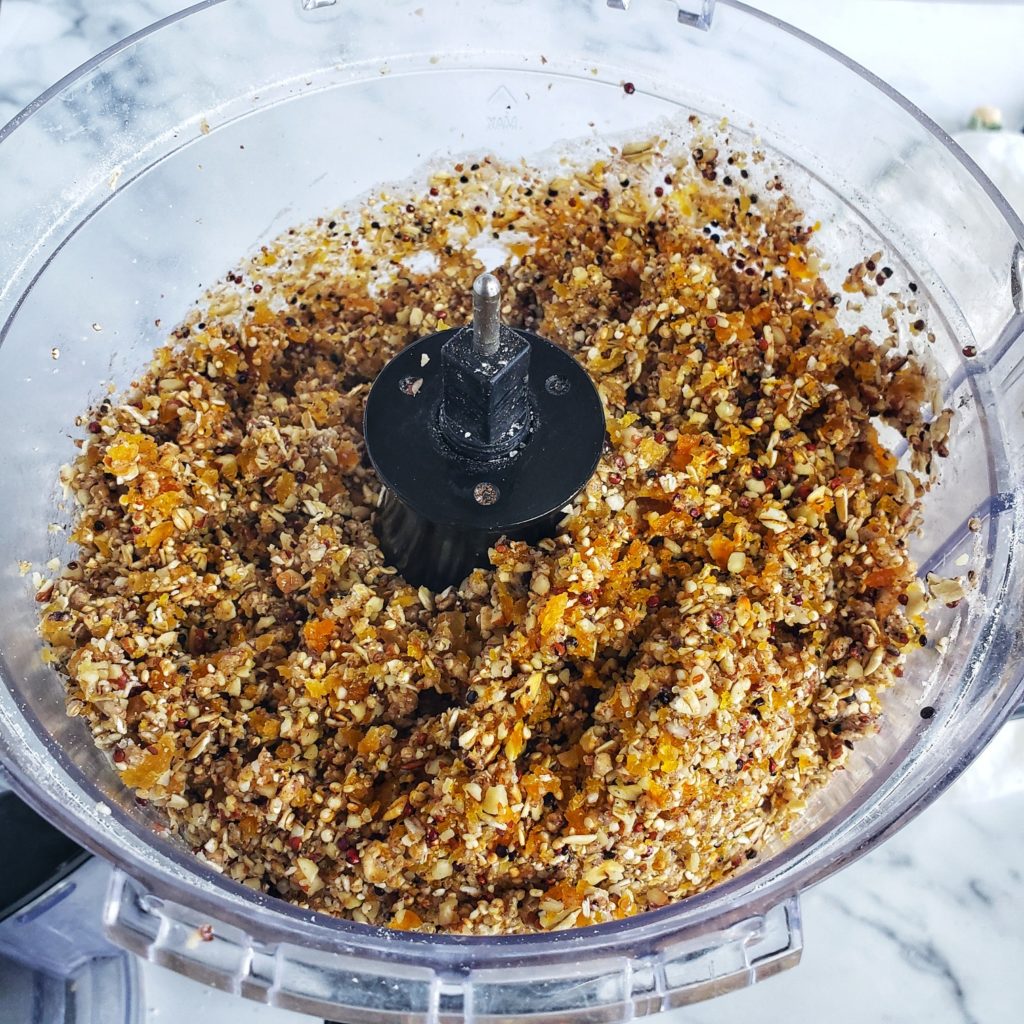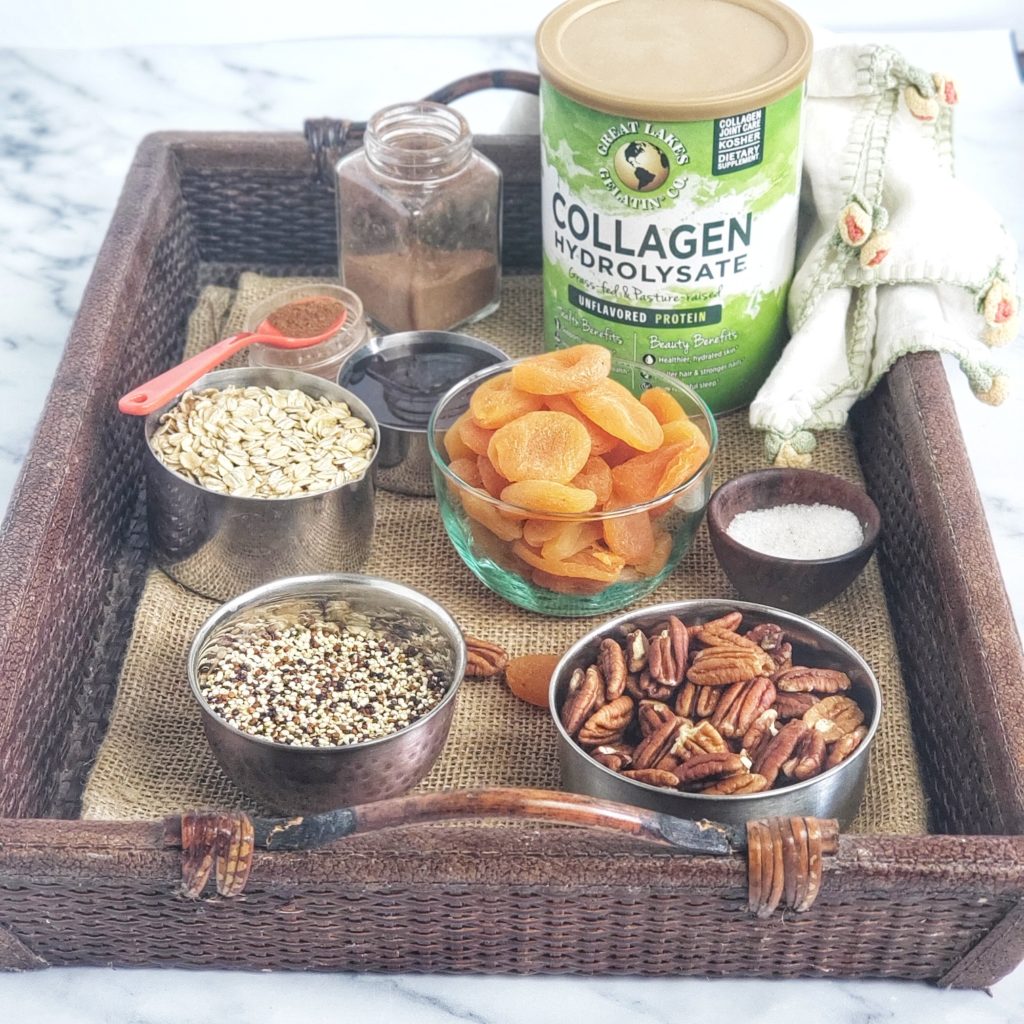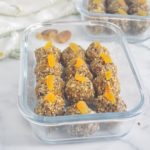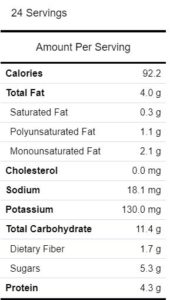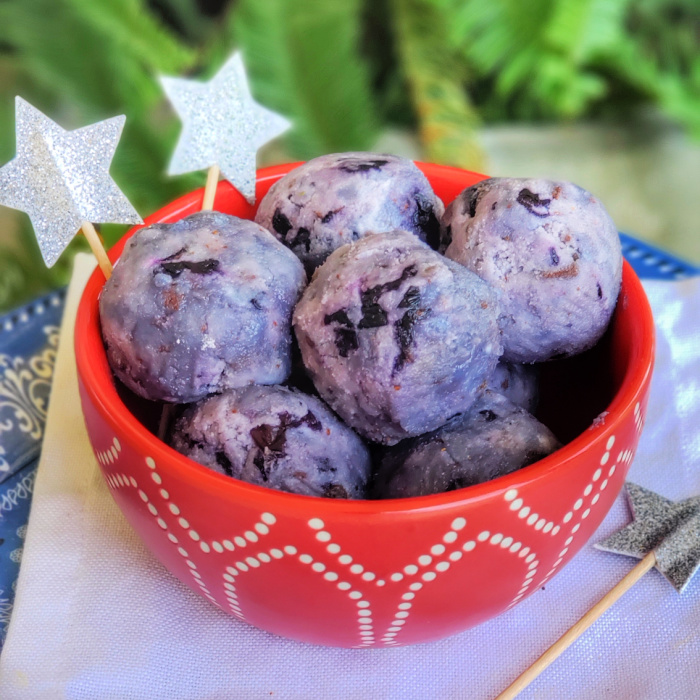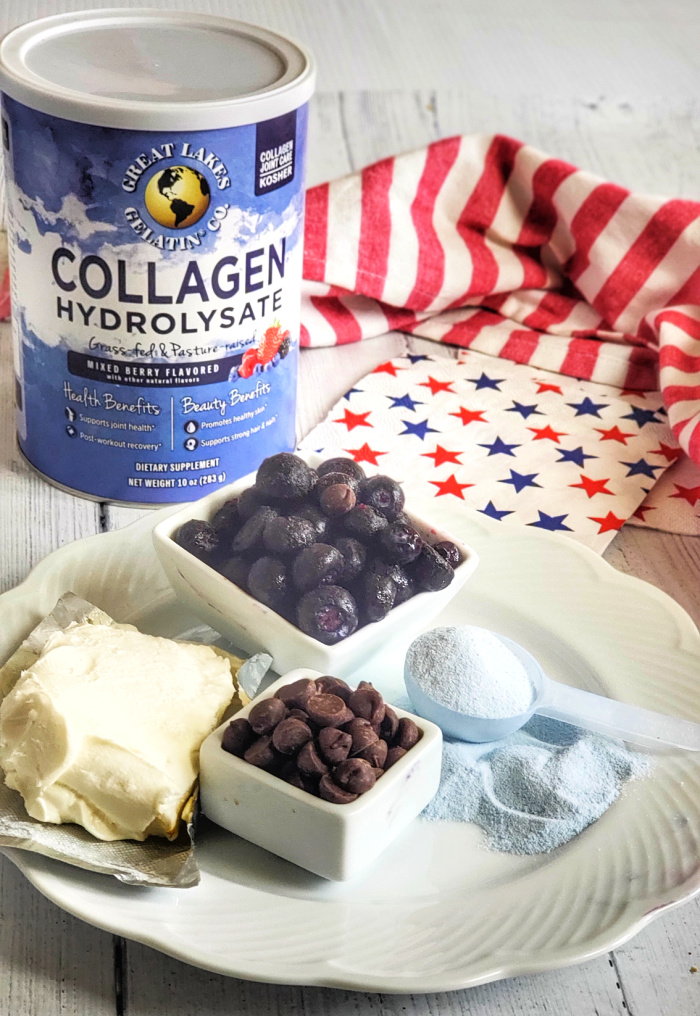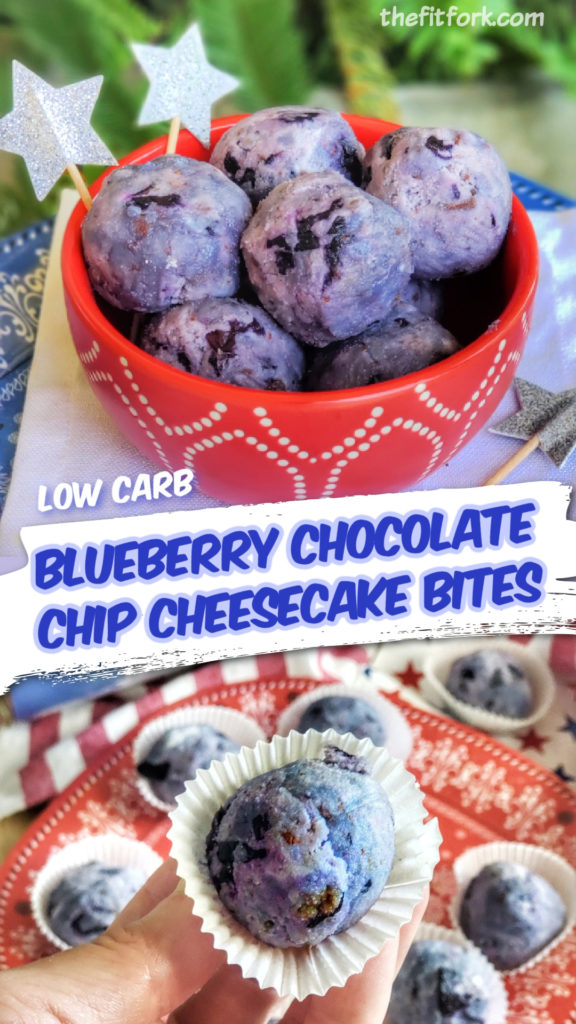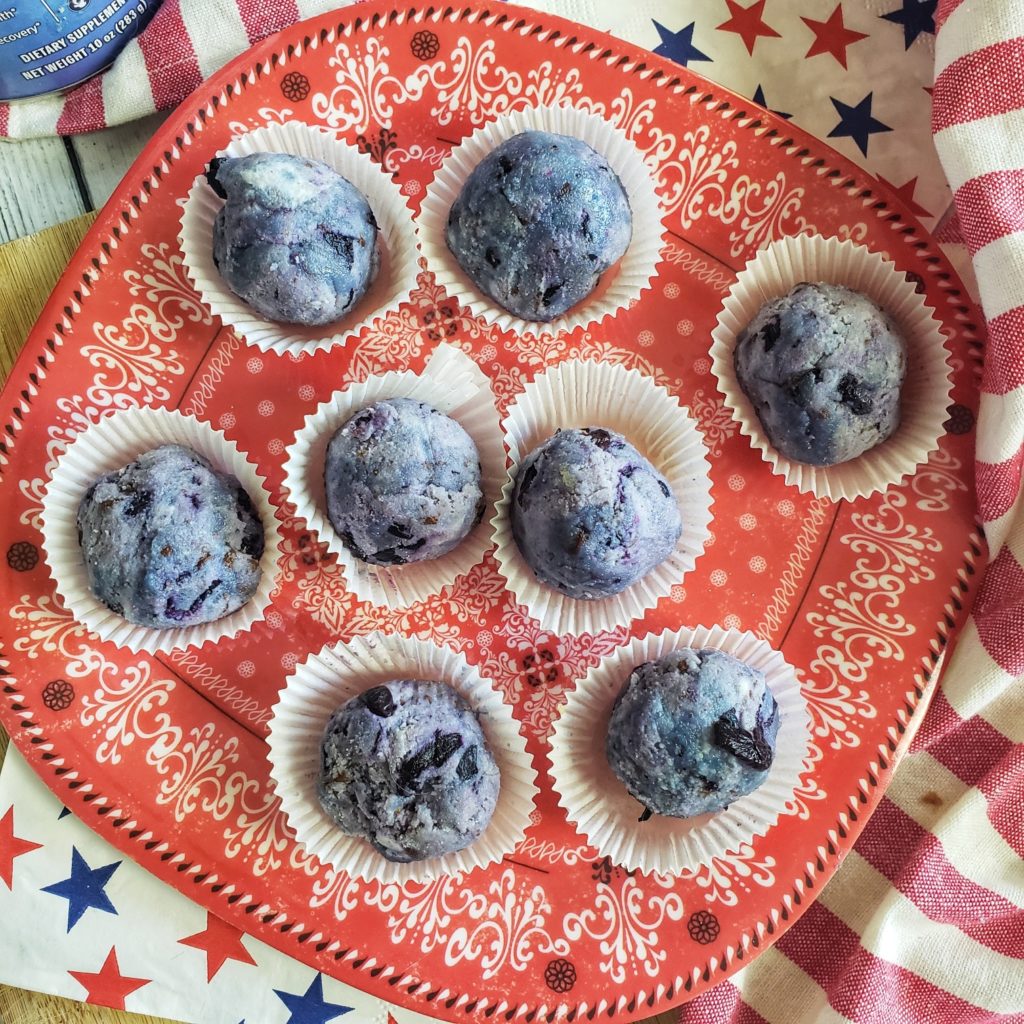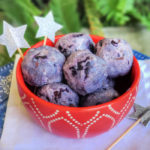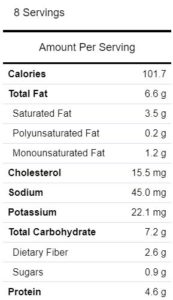This post is sponsored by Watermelon.org .
I’m so confident that watermelon can boost your mood that I created a wonderful, wacky holiday to celebrate! March 23, 2022 is now “Have a Slice Day” and I’m sure it will ensure that you have a NICE day!

There seems to be a day on the calendar for everything, from National Bubble Wrap Appreciation Day (1/31) and National Talk in an Elevator Day (7/29). Here’s a watermelon holiday I celebration every year: National Watermelon Day on August 3rd. But we need more special watermelon celebration days. These “holidays” might seem random and maybe even frivolous to some. However, I think any reason to celebrate life holds a huge benefit for mental wellness. These fun days, like my “Have a Slice” Day, capture your attention and whisk your mind away (even if momentarily) from the stresses of everyday life here on this planet.
When these wacky days are food-related (especially watermelon), well, it’s all even better in my book. Not only does seeing watermelon instantly pull up multitudes of happy memories in my life, it is also a fruit that can help lift mood.
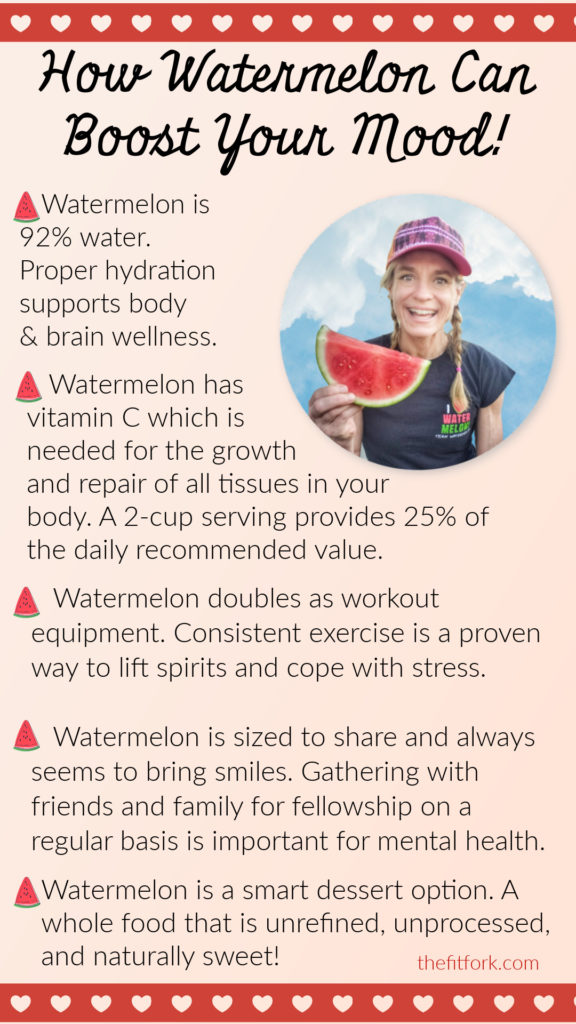
WAYS WATERMELON CAN LIFT YOUR MOOD:
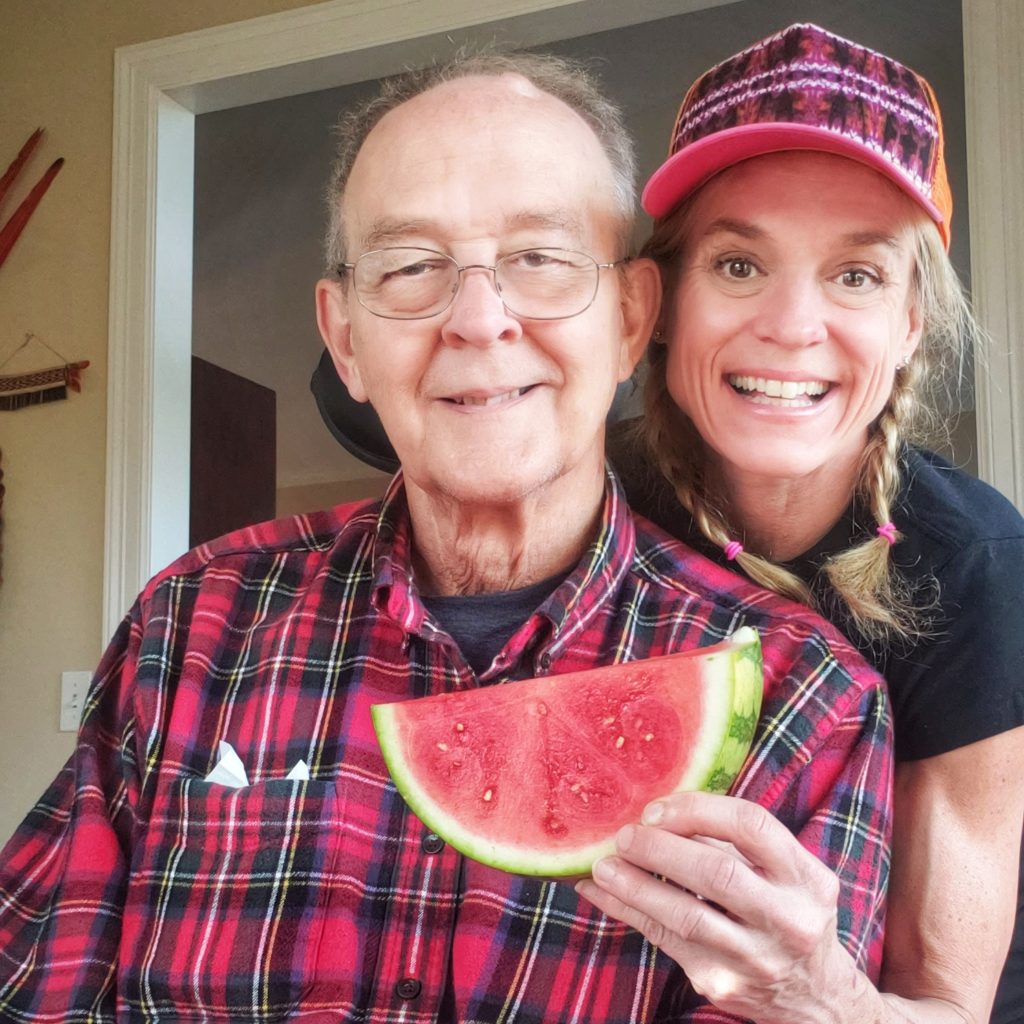
Sharing with Friends: When you share watermelon with a friend or family member, you are not only providing a nutritious snack, but one that will make them smile. An increase in smiling means an increase in mood — at least in my real-life, anecdotal experiences.
A Smart Dessert Option: Who doesn’t love dessert? Eating a serving of watermelon is a smart choice. It’s a whole food that is unrefined, unprocessed and naturally sweet. A two-cup serving has 80 calories, no fat, 2 grams protein and 21 grams of carbohydrate to fuel life.
Improves Hydration: The 92% water content keeps you hydrated, which is essential for mood.
May Lessen Muscle Soreness: I don’t know about you, but I’m a little cranky if I have delayed onset muscle fatigue from exercise. An emerging area of study is exploring how the amino acid L-citrulline in watermelon juice, consumed as a post-workout drink, may help reduce muscle soreness within the following 24 hours. It also has 25% of the DV for vitamin C, which is needed for the repair and growth of all tissues in the body. Being less sore and able to return to the activities I love quickly, definitely lifts my mood!
Fun Workout “Equipment”: Lift your mood my LIFTING watermelon. Yes, my friends, using watermelon as an exercise rate in your workout, is the very essence of functional. Use it for your sweat session, then slice it open to gobble up – workout gear plus rehydration and recovery nutrients all in one delicious, self-contained package!
Use a smaller watermelon to pump up your heart rate by lifting it above your head during jumping jacks or put it in a canvas tote and swing it around like a kettle bell. Heavier watermelons can be used for exercises like deadlifts, squats, and walking shoulder carries. Really, workout ideas with watermelon are endless and I’ve shared many fun ways to use it in a fitness routine at thefitfork.com.
Try These Two Watermelon Workouts:
Fit and Fresh Watermelon Workout
